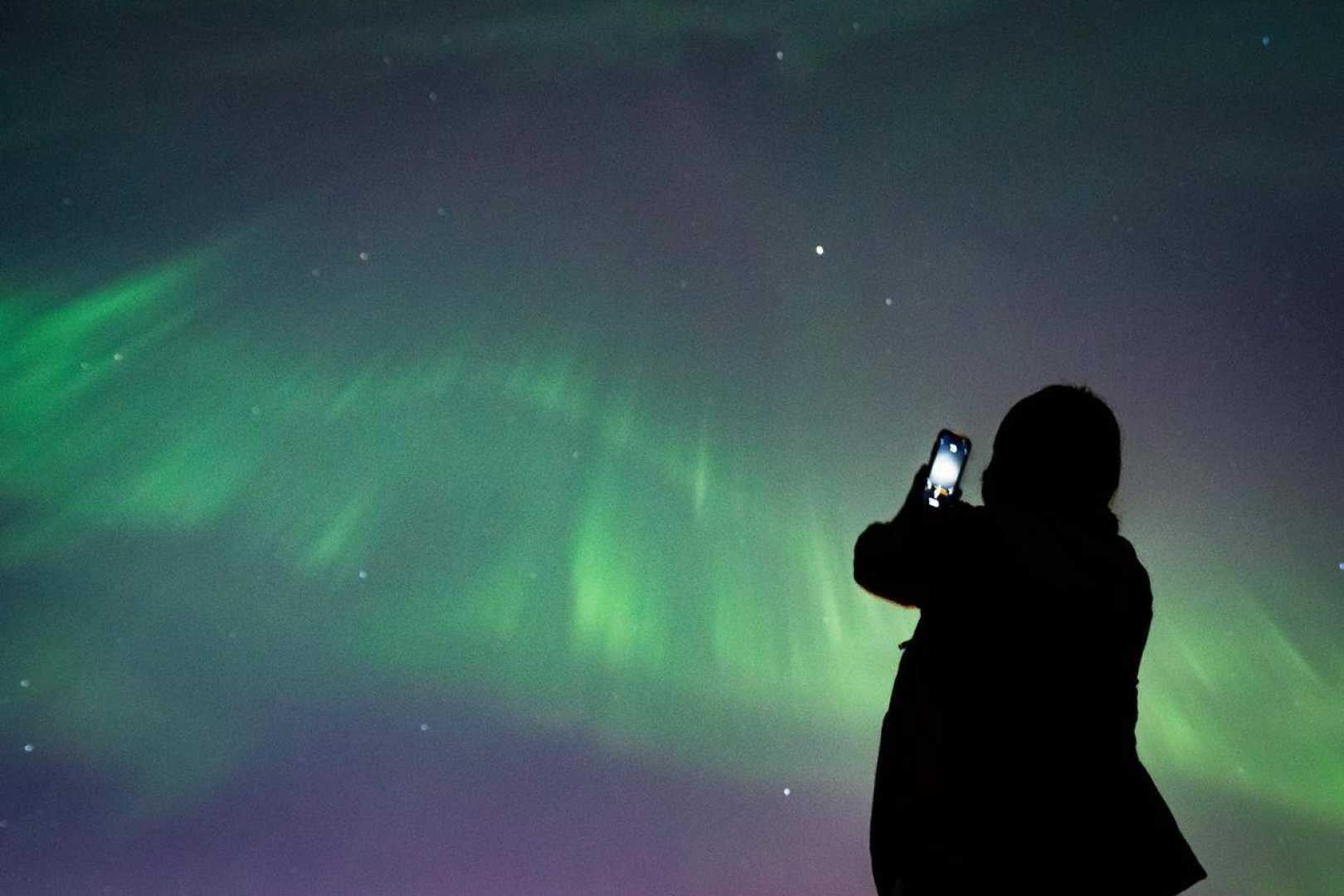News
Northern Lights Illuminate South Okanagan Skies

A videographer in South Okanagan, British Columbia, captured a breathtaking timelapse of the northern lights earlier this week, showcasing the vibrant colors of nature’s own light show.
The photographer, Greg Reely, took to social media to share his experience of filming the auroral display on Monday evening. “At 8 p.m. the glow started over Osoyoos, and peaked around 11 p.m. I could see the aurora pillars to the eyes, but the camera sensor always picks up the colours your eyes don’t see,” Reely wrote in his post.
Recently, the aurora borealis, commonly known as the northern lights, has been more visible in southern regions of Canada, including the South Okanagan. This increased visibility is attributed to heightened solar activity.
In related news, the National Oceanic and Atmospheric Administration (NOAA) has forecasted that a strong solar radiation storm is expected to make the aurora visible across much of Canada and extend into several states in the Northern United States. This includes Washington, Idaho, Montana, North Dakota, Minnesota, Wisconsin, and the Upper Peninsula of Michigan.
The NOAA measures solar radiation storms on a scale from S1 to S5. The current storm has been classified as an S3 event, which could potentially increase radiation exposure for passengers and crew on high-altitude flights.
The geomagnetic activity, which enhances the night-time display of the northern lights, has been forecast with a Kp index of 5. The heightened geomagnetic activity is expected to continue, promising a spectacular visual experience for those lucky enough to witness it.
The agency advises that the best time to view the northern lights is typically between 10 p.m. and 2 a.m. local time. It recommends traveling to locations that provide dark, elevated vantage points, away from artificial light pollution.
The aurora borealis results from charged particles released by the sun interacting with the Earth’s magnetic field. This interaction causes the particles to release light, which appears as multi-colored shapes and streaks in the night sky.
Looking ahead, NASA forecasts that solar flares and geomagnetic storms could intensify the visibility of the northern lights in 2025, providing even more opportunities for observation.












